There’s something mysterious and intriguing about moss. Maybe it’s because of the way it drapes over trees and rocks in places like the Hoh Rain Forest of Washington state. It looks like a land outside time.
Or maybe it’s a bit of residual childlike wonder from the days we were small enough to crouch on the ground, prodding ants with twigs and sitting on the soft cushion of velvety green.
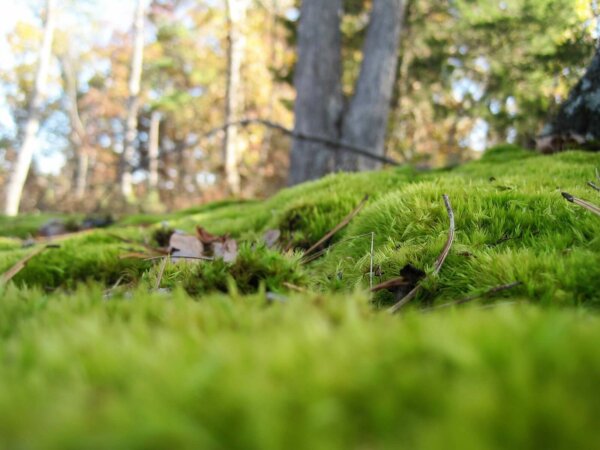
Perhaps it’s the unbelievably verdant plush of it that seems to glow on cloudy, rainy days when everything else is sodden and dreary.
Whatever the reason, moss is not just for temperate rain forests and 7-year-old afternoons. It can be a useful and beautiful part of your homestead as well. Whether you want to grow it in a peaceful rock garden, use it as a lawn replacement, a green roof, or as a homegrown crafting material, this odd little rootless plant can bring a bit of shade-growing joy to your space.
A Note On Native Moss
Before I start this list, you should know that the easiest type of moss to grow in your backyard is the moss that already grows there. As simple as moss seems to be at first glance, every species has a preferred set of substrates and conditions for its best growth.
Rather than trying to nurse a non-native moss, why not just use the (free!) stuff naturally growing where you are? It already wants to be there, and it obviously can grow there. You just need to guide it into aesthetic excellence.
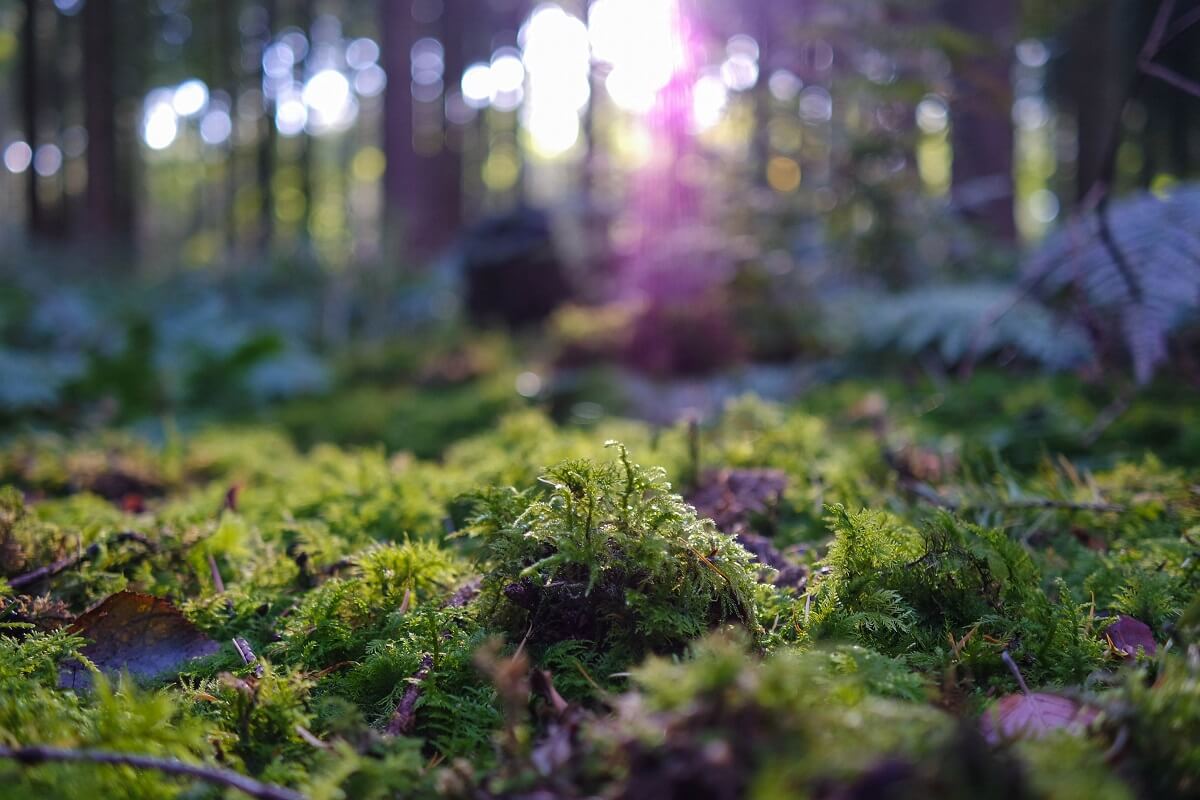
In the list below, you’ll find some of the more common mosses that may be found in the United States and Canada. The majority of them enjoy similar growing conditions, though (as you’ll read) there are some exceptions. Generally, however, you can expect reasonable success with your moss efforts if they are given certain conditions.
- Moist, but not soggy soil
- Shade or indirect light
- Compacted, clay-like soils
- Acidic soils
If you’re harvesting moss from your own property, take note of where it is growing before you move it to your preferred location. Chances are highly likely it is growing in a perfect spot. Make a moss slurry to spread it, replicate those conditions, and you’re in mossy business!
Related Post: Moss Art
There are over 20,000 types of moss known, and you could probably find at least a hundred different moss species in your home county alone. Let’s get into some of the species you may find. Here are 10 types of moss to peruse for a bit of gardening inspiration.
1. White Cushion Moss (Leucobryum glaucum)
Found East of the Mississippi From Canada to Florida
This moss grows in dense, 2- to 4-inch tall clusters that are, indeed, quite cushion-like, as the name suggests. The color is white typically, though if it gets wet in rainfall it may appear more blue-green. It enjoys growing in moist woods, on soil, or on decomposing wood, and it would be an interesting texture to add to a moss garden.
2. Burned Ground Moss/Purple Moss (Ceratodon purpureus)

Grows Coast to Coast With the Exception of States Along the Gulf of Mexico
This moss breaks with mossy tradition and enjoys growing in dry areas. It can also tolerate the edges of roads, fields, and even roofs. When dried out, its dense, velvet-like surface appears brown, but give it a good soaking and a lush green color will return.
3. Cord Moss (Funaria hygrometrica)
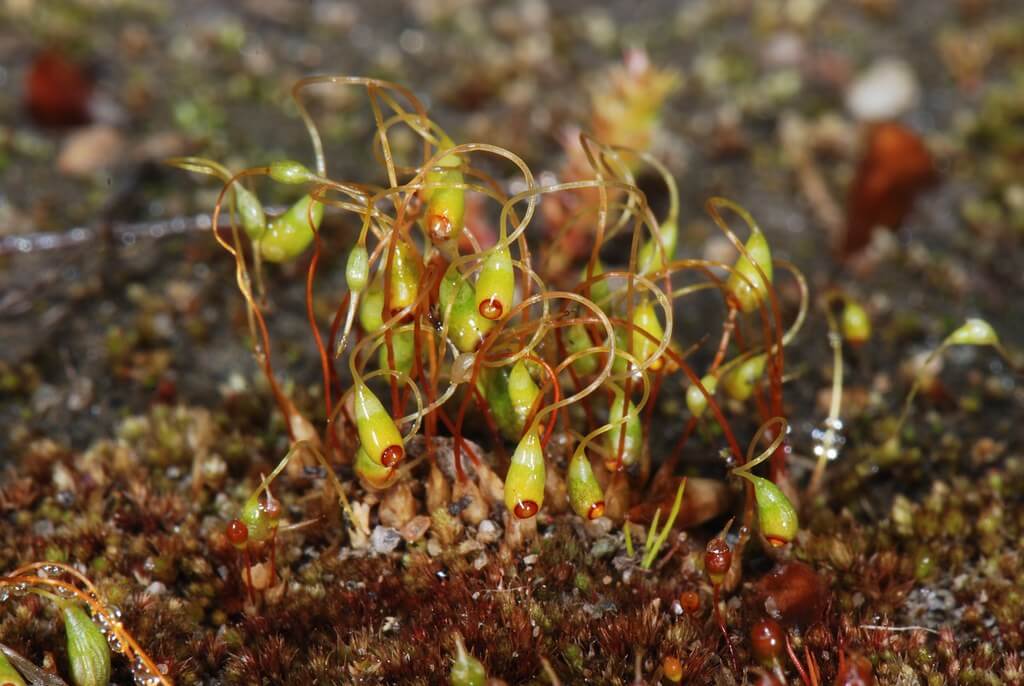
Found Across the US
You won’t have to look far to find Cord Moss. It grows pretty much anywhere it can find a foothold including burned areas, disturbed soil, and even the terracotta pots in your greenhouse. It forms a shallow, yet thick mat that will occasionally be festooned with its twisty, Wonderland-like spore cases.
4. Haircap Moss/Goldilocks (Polytrichum commune)
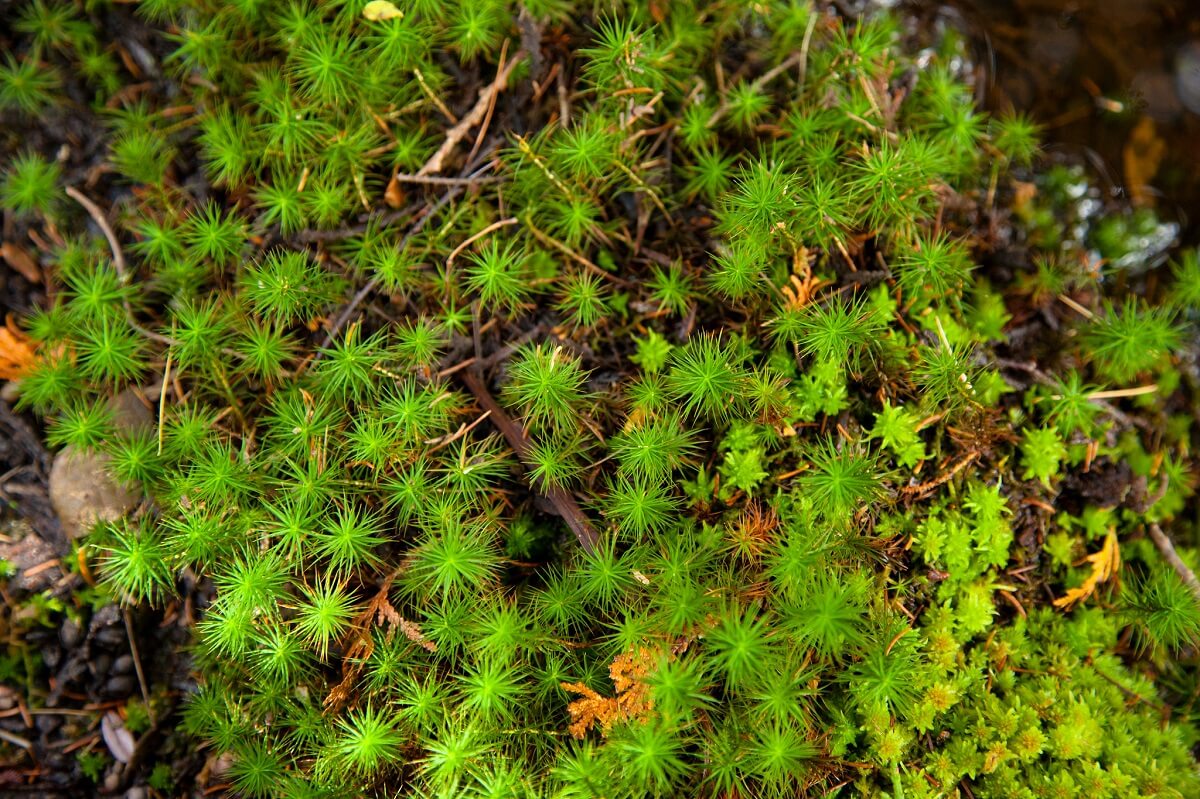
Found Across the US
Mosses don’t make flowers, but these showy, golden spore cases, lofted on tall stalks, may make you believe otherwise. Able to grow between 6 and 12 inches tall, this wiry element to a moss garden can add some much-appreciated vertical elements. Its preferred growing area is in the woods or the edges of bogs.
5. Delicate Fern Moss (Thuidium delicatulum)
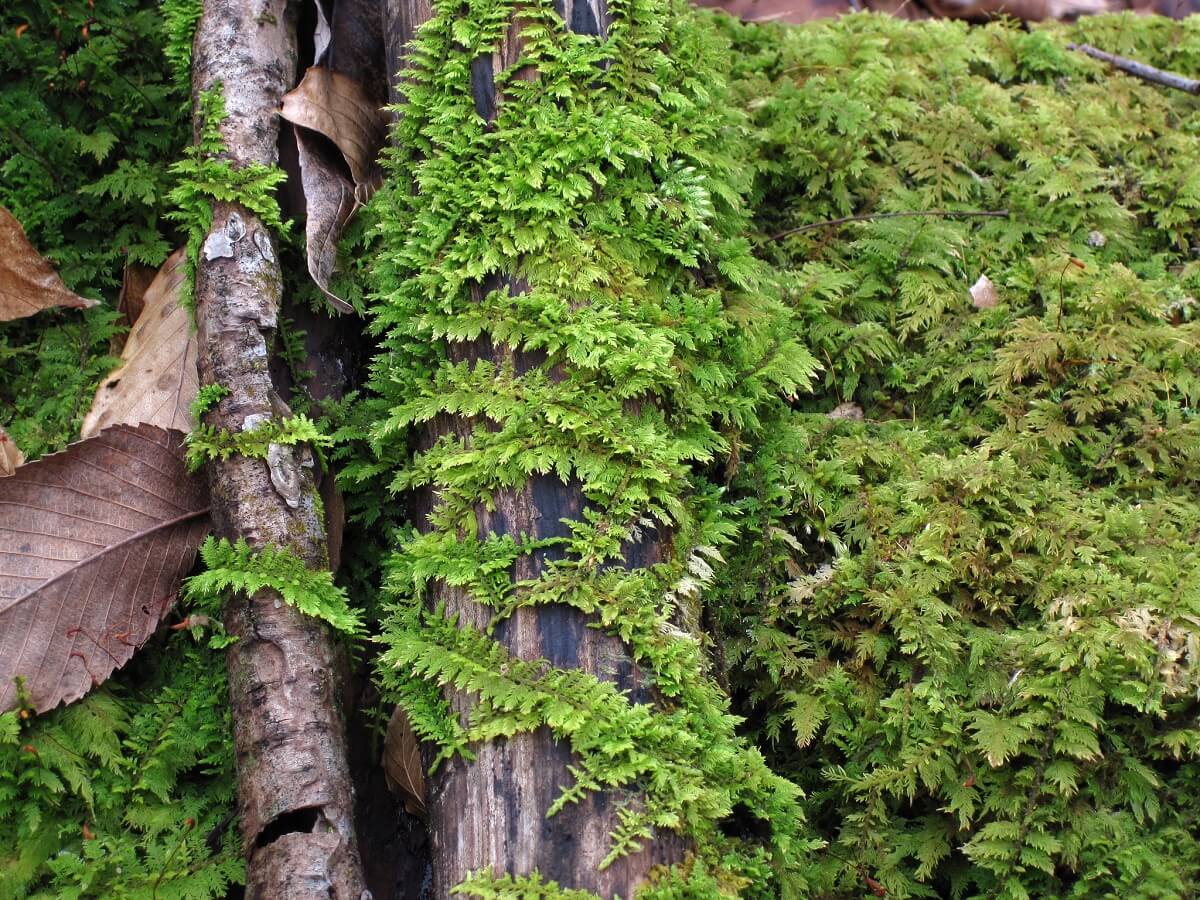
Found East of the Mississippi River, Some Parts of Alaska
A prostrate moss, Delicate Fern Moss gently spreads itself across the ground in a lovely, feathery mat. You can find it growing in the forest on moist or wet soil, decomposing leaves, and rotting wood.
6. Rock Moss (Grimmia alpicola)
Found Across the US
Another tough environment champion, rock moss can take the sun’s licking and keep on ticking. Typically found in sunny, exposed places and on dry limestone rocks, it is a cushion of green when wet and a dark, nearly-black mound when dry.
7. Silver Moss (Bryum argenteum)
Found Across the US
Silver Moss makes a carpet of shiny, metallic green that is at home on roadsides, sidewalks, roofs, fields, and areas where not much else really wants to grow. The spore cases are graceful, downward-looking capsules on hair-like stems, and look like bitty lanterns in a world of fuzzy green.
8. Tree Moss (Climacium dendroides)
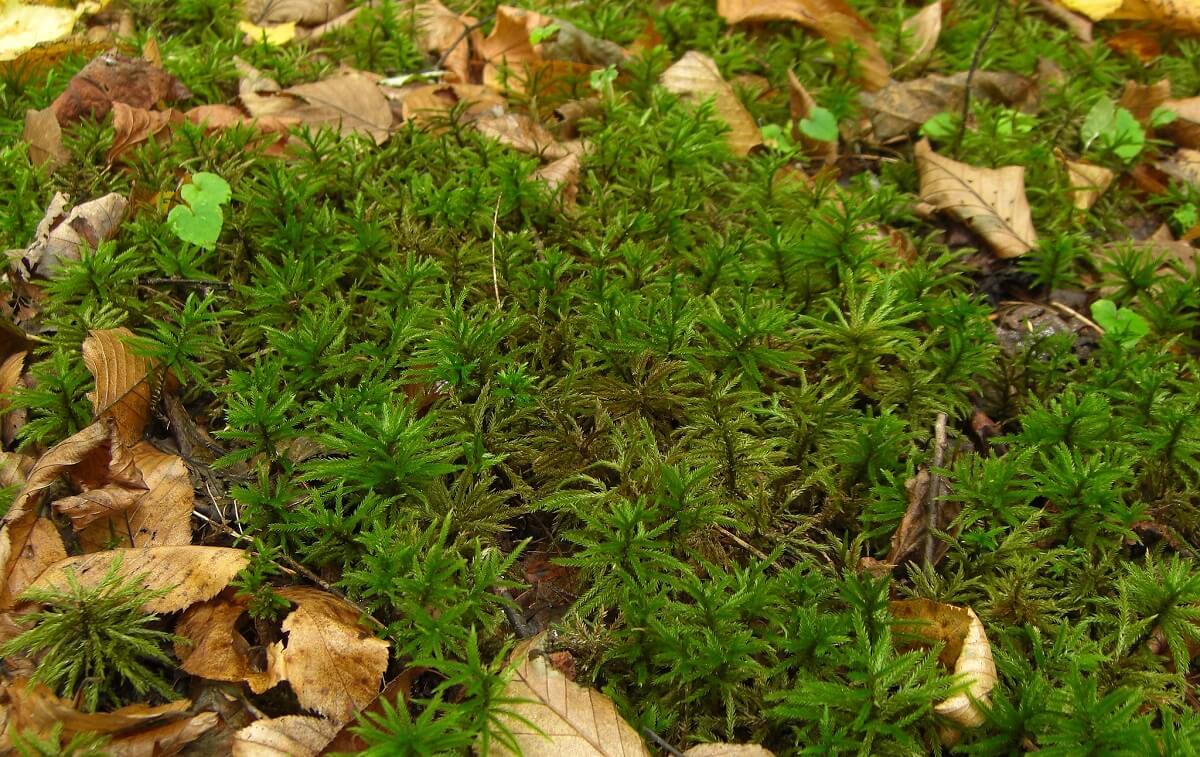
Grows West of the Rocky Mountains
Tree Moss is on the taller end of the spectrum with upright, branched forms that grow between 2 and 4 inches tall. True to its name, it looks like a lilliputian conifer tree, happily growing in swamps, on wet humus, and decayed wood.
9. Feather Moss (Hypnum imponens)
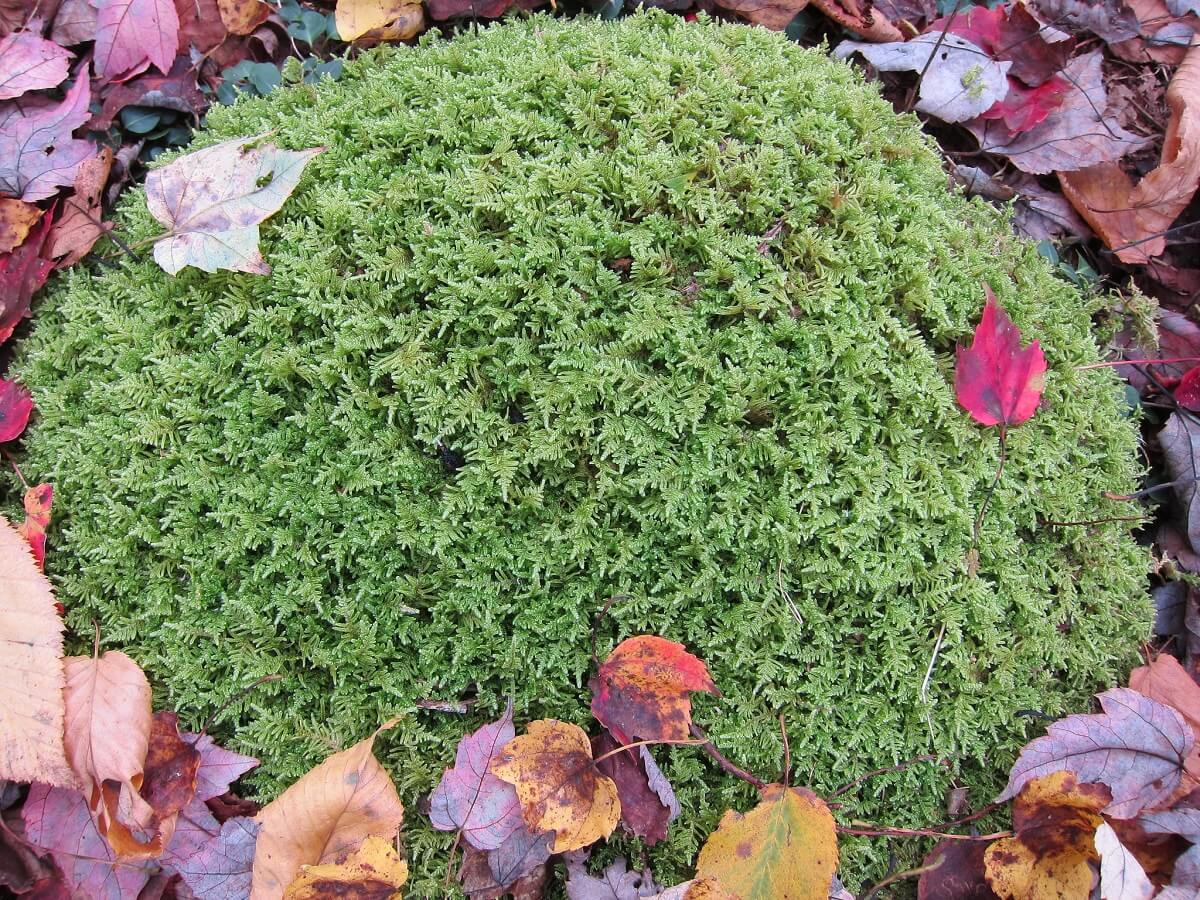
Mostly Found East of the Mississippi River
Feather Moss grows in a prostrate form, lavishly draping itself over decaying logs with soft, downward-curling leaves. You can find it in swamps, coniferous woods, and on the base of trees.
10. Woodsy Mnium/Star Moss (Plagiomnium cuspidatum)
Found Across the US
This cute little moss grows 1-inch tall stems that are ringed with leaves, and looks quite starry, indeed, when viewed from above. You can find it growing in shady areas in the woods, fields, roadsides, and your lawn.
Moss Basics
For the average person, moss may not seem like that noteworthy an organism. A hurried glance may make one think they’re all relatively the same. But take more than that hurried glance — grab a hand lens so you can get up-close and personal — and you’ll discover the truly fascinating world of form and color that could make any gardener lose track of time.
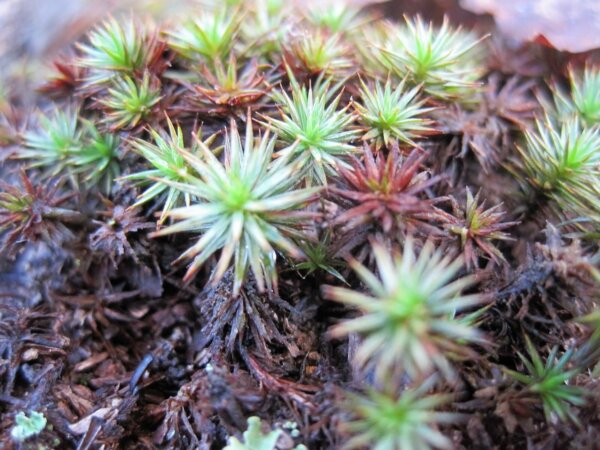
Mosses are simple plants known as bryophytes — and though they photosynthesize like their bigger neighbors the vascular plants, they don’t work the same way. These plants are poikilohydric, meaning they don’t move water through their cells as trees or flowers do. They hydrate and dehydrate depending on environmental conditions.
This trait is why they are able to survive so well in odd conditions such as on a rock face or in the cracks of asphalt. It’s a bonus for the gardener looking to utilize this tiny plant. They can survive in places other plants cannot.
When it comes to propagation, mosses don’t flower and make seeds. Spores are more their style. Carried on the wind, these tiny potentials for moss scatter broadly and boldly seek the ideal location to grow.
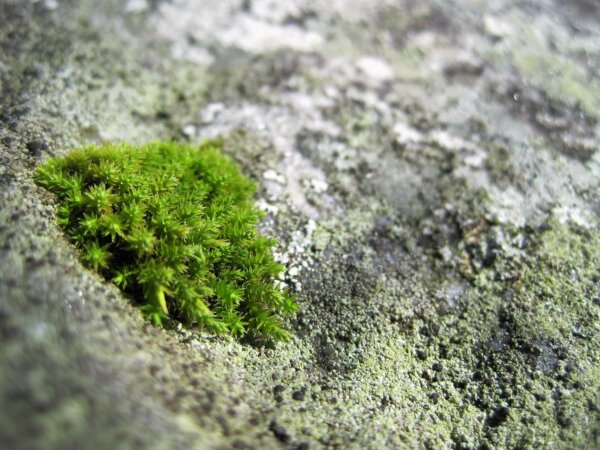
Though only a fraction find that Goldilocks location, once they do, they are able to settle in and start their unique, multi-stage life cycle. When you see moss growing on a tree, you can rest easy that it’s not parasitizing. Mosses function as epiphytes merely growing on the surface.
Some Ideas For How To Use Moss
Even if you are still living in the city or an apartment and still waiting to find your homestead, moss is a great way to bring some green into your living space.
Related Post: How To Make A Succulent Terrarium
Moss tolerates low light and just needs to be kept moist, so it’s a pretty easy keeper. Whether you make a little indoor terrarium or decorate your work desk with a moss garden, some green can help keep the dream alive.
Woodland Moss Garden
If you think you have been cursed with a shady, damp backyard, it’s time to see it as a blessing-in-disguise. Moss can literally fill in where other plants can’t and will transform your garden into a unique and beautiful dreamscape of rock and green. Check out the following links for some inspiration.
Ground Cover
Maybe you’re reading this article because you are trying to find ways to eradicate moss from your lawn and achieve the dream of a perfect, seamless backyard. I’d like to let you in on a little secret: Moss doesn’t have to be considered a weed. It can make a fantastic ground cover in its own right, and you don’t even have to mow it.
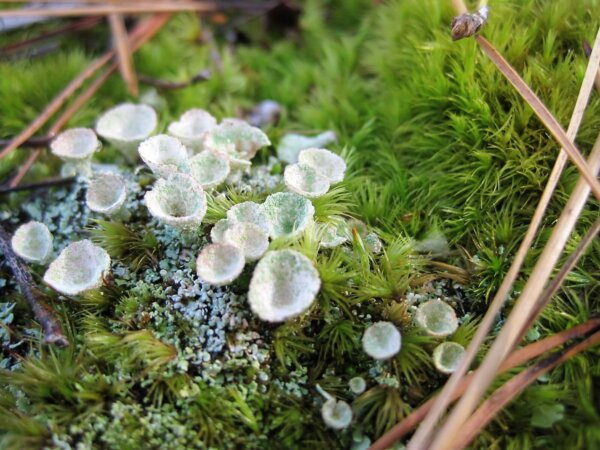
The truth is, if moss is covering your backyard, it’s because the yard is great place to grow moss and probably not a great place to grow grass. Moss naturally likes acid soil, compact earth, a decent amount of shade, and enough moisture to stay green and lush. It can even tolerate light foot traffic.
Related Post: 9 Ground Cover Plants To Replace Your Grass Lawn
So rather than fighting it and trying to seed grass that may or may not grow, try embracing moss! Transform the shady part of your backyard into a beautiful moss lawn complete with flagstones, picturesque boulders, and other shade-loving plants.
Craft Ingredient
Unlike the flowers and vegetables you grow in the garden — here today, wilted or eaten tomorrow — moss can last. Plucked and blotted dry, you can use it to make tons of different crafts and hanging decorations, or fashion it into these living art pieces.
Please make sure, however, that you’re not harvesting moss from wild places and parks. That stuff is serving a needed purpose where it is. Grow your own, harvest it from your backyard, or order it instead.
Hobby
Have you heard of life-lists? Many ardent birders keep them. It’s a checklist of all the different species they’ve seen, and they’re always hoping to catch a glimpse of a rare warbler or other elusive bird. Birds aren’t the only living things with devotees, however.
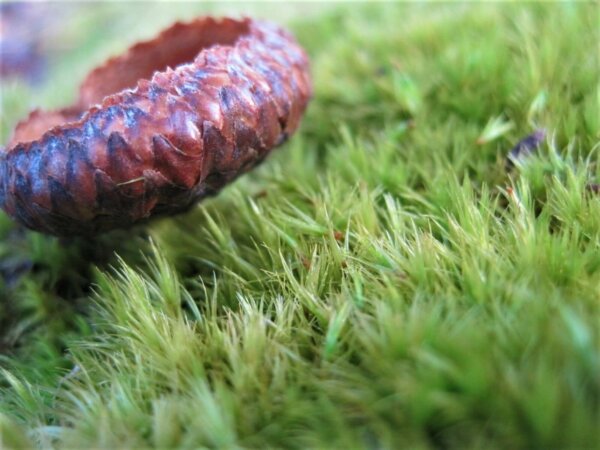
There are folks out there who are just as excited about studying moss (bryology) and keep life-lists of all the unique species they’ve encountered as they travel and explore. Unlike birds, however, you won’t need binoculars or to wake up at 4 a.m. Mosses hold still long enough for you to find and identify them at your leisure. With thousands of species out there, you’ll never catch them all, but isn’t the joy in the journey?
When you start paying attention to the smallest of details in the world, easy-to-overlook types of moss become as fascinating as the livestock and gardens that we nurture so carefully. Chime in with comments below. Do you grow moss gardens? Have you spent years trying to eradicate it from your lawn? Or are you a moss appreciator with a life-list running? We’d love to hear from you!



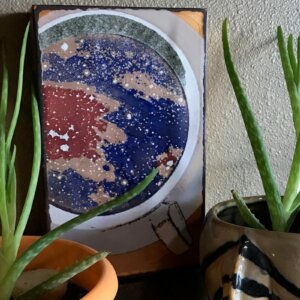




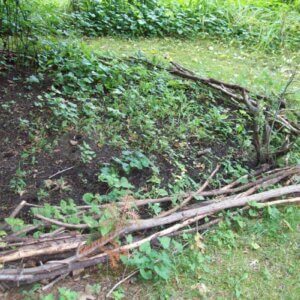

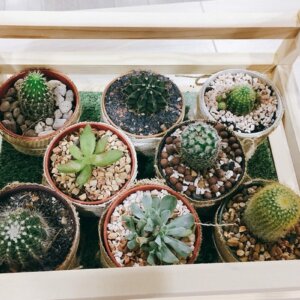













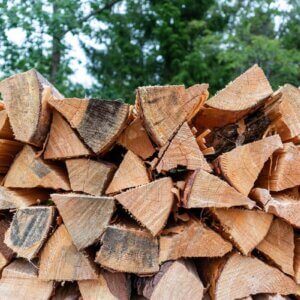
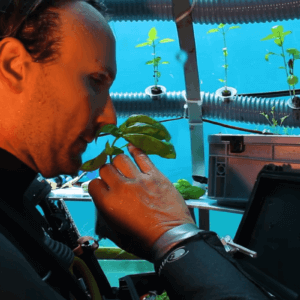




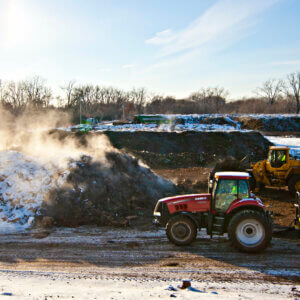
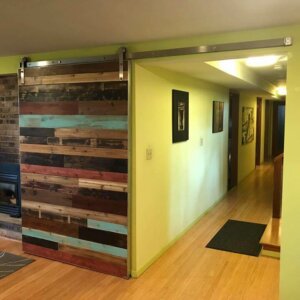
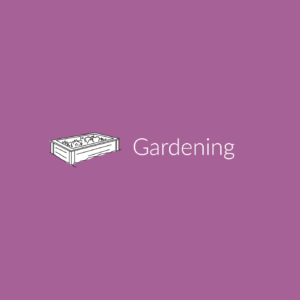







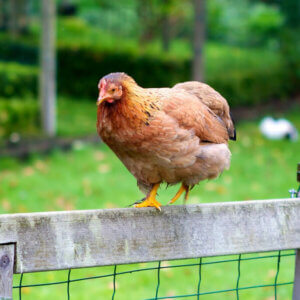

I planted Irish moss last summer and it is still going here in Mason Ohio just north of Cincinnati. I didn’t it would survive the winter, but it has been very mild this year. I am interested about what you said about creating a moss slurry to propagate the moss. I have about ten little pieces growing around a Maple tree with lots of shade. I have lots of hostas nearby. Sun peeks in early morning. What else can I do to help these little guys spread?
The moss slurry can really speed up propagation. Though the moss will naturally spread on its own, it’s rather slow to do it. A big thing is to keep the slurry moist while it get established–a spray bottle during the hottest parts of the day should help. Let us know how it goes!
What would be a good moss to use in the base of a fountain?
That really depends on what look you’re going for, how much sunlight is in the area, and where you live! My recommendation would be to find some moss growing in the vicinity of where you want to have your fountain–even if you live in the city, sometimes there’s a decent patch of it by an air conditioner unit. You can transplant that and have a reasonable chance of success.
If you’re really interested in a certain look, though, you should check out images of Japanese moss gardens at Saiho-ji (https://www.kanpai-japan.com/kyoto/saiho-ji), Sanzen-in, and Tofuku-ji. You may find a specific species that satisfies your aesthetic hopes.
Wren, I just LOVE this page and the info you’ve included! I just wish there were photo for the mosses mentions with no photo. Regardless… I opened the URL you provided, read about making a slurry and had a question not covered there. Once the slurry is on a surface can it be covered lightly with a plastic (like cling wrap, etc)? I don’t mean so that the slurry is severely smashed down but rather just tight enough to keep heat inside and to prevent rain, etc from washing it off. And only until the moss has started and is holding on. Thanks!
What moss throws off a lemony scent to keep bugs away and is an alternative to grass that only grows about an inch and a half? Something that looks purple-ish.